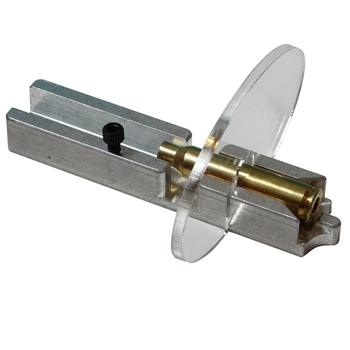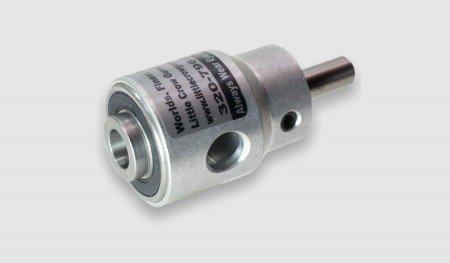QuietTexan
Well-Known Member
Grafs has three brands in stock right now, two used and one new. Midsouth has two sizes of used for two bits a case. But you probably have a pile of 223/556 from your other AR adventures I'm guessing.
I was going to say this: FWIW I would use something very low cost like a Lee for the initial sizing after chopping the neck off the 223 just because if you don't heavily deburr before you neck it down you could scratch the die up pretty badly. Use something low cost to do the bulk work, trim and clean them up really nice, then run them through a small base die before loading and after being fired.
Then I found this poking around for the case trimmer I use and found this:

With that I bet you could put the new shoulder on first and cut them much closer to the target length really fast, then run them through a trimmer to finish.
I use a World's Finest Case Trimmer, does high volume work much easier than trying to spin by hand for the final trim step. Not a Giraud but costs a lot less to burn up on bulk work.

 www.littlecrowgunworks.com
www.littlecrowgunworks.com
I was going to say this: FWIW I would use something very low cost like a Lee for the initial sizing after chopping the neck off the 223 just because if you don't heavily deburr before you neck it down you could scratch the die up pretty badly. Use something low cost to do the bulk work, trim and clean them up really nice, then run them through a small base die before loading and after being fired.
Then I found this poking around for the case trimmer I use and found this:

Speedy 300 Blackout Case Cutting Trimming Jig
Fast and accurate cutting jig to convert .223 / 5.56 brass cartridges into 300 Blackout
www.squirreldaddy.com
With that I bet you could put the new shoulder on first and cut them much closer to the target length really fast, then run them through a trimmer to finish.
I use a World's Finest Case Trimmer, does high volume work much easier than trying to spin by hand for the final trim step. Not a Giraud but costs a lot less to burn up on bulk work.

.300 Blackout Brass Case Trimmer | Little Crow Gunworks
The WFT was developed as a precision tool built to last a lifetime (or more) and uses a source of power most people already own – a cordless or electric drill. Once adjusted to the user’s preference, it’s simply a matter of chucking it up in a drill and feeding cases in by hand. The WFT products…
Last edited:
